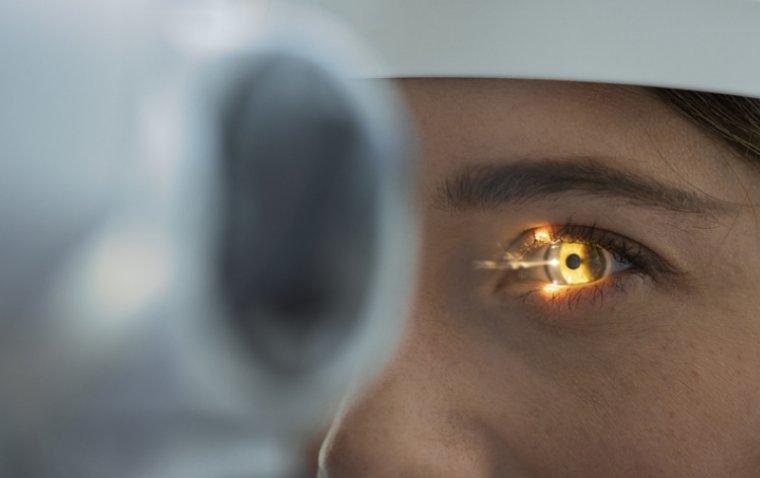Introduction
Glaucoma is a serious eye condition that can lead to irreversible vision loss if not diagnosed and treated early. It is often called the “silent thief of sight” because it typically progresses without noticeable symptoms until significant damage has occurred. At i Care Centre, Delhi, we offer comprehensive glaucoma evaluation and treatment services, utilizing the latest technology and expertise to preserve your vision and enhance your quality of life.
Understanding Glaucoma
Glaucoma is a group of eye diseases characterized by damage to the optic nerve, which is essential for vision. This damage is often associated with elevated intraocular pressure (IOP) but can occur even with normal eye pressure. The main types of glaucoma include:
- Primary Open-Angle Glaucoma (POAG): The most common form, where the drainage canals become clogged over time, leading to increased eye pressure.
- Angle-Closure Glaucoma: This occurs when the iris is too close to the drainage angle in the eye, which can suddenly block the drainage canals.
- Normal-Tension Glaucoma: Damage to the optic nerve occurs despite normal eye pressure.
- Secondary Glaucoma: Caused by an underlying condition such as inflammation, trauma, or diabetes.
- Congenital Glaucoma: A rare form present at birth due to abnormal development of the eye's drainage canals.



